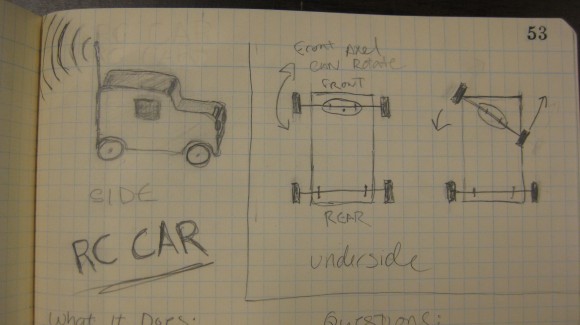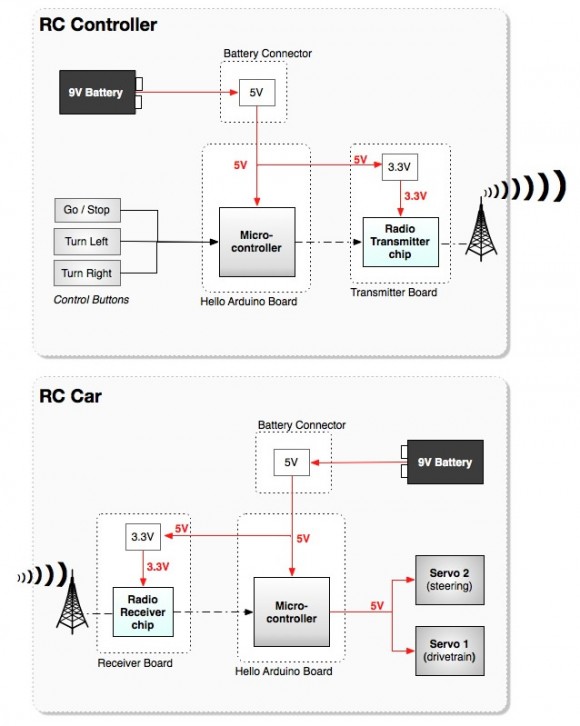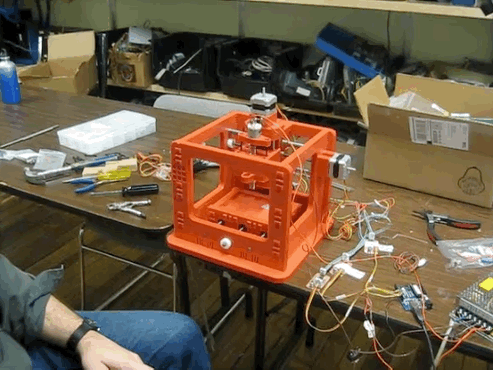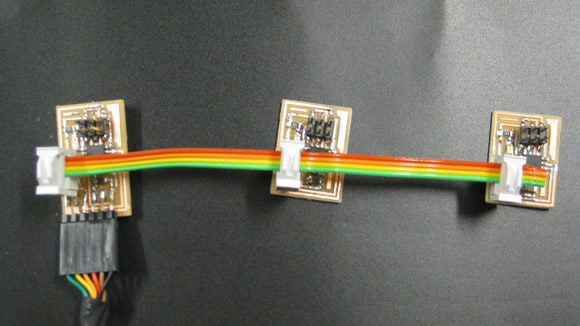I am working towards my Fab Academy final project – a digitally fabricated RC car.
Items Completed So Far:
Radio boards have been designed (based on the JeeLabs RFM12B Board)
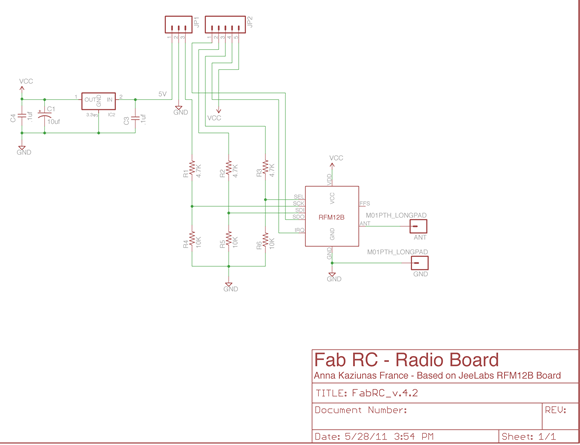
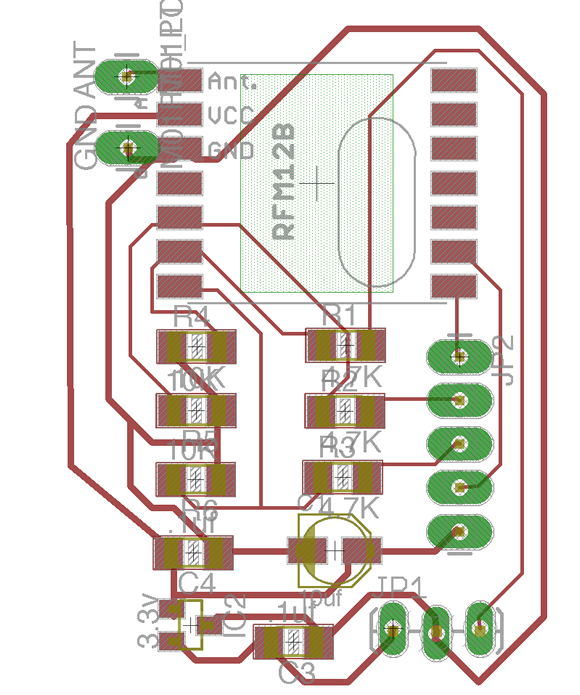
I designed the battery connector boards
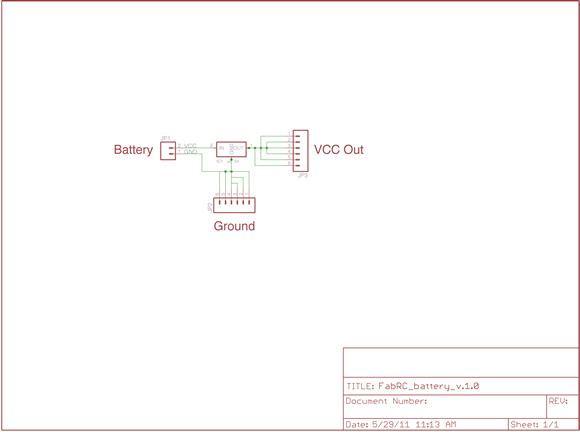
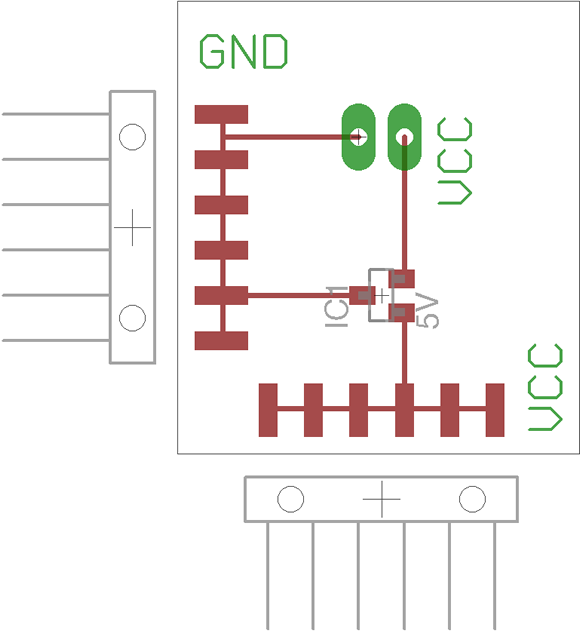
Hello Arduino boards milled, stuffed and programmed with Arduino bootloaders and tested with the servos
Tasks That Still Need to Be Completed:
- Radio boards need to be milled and assembled.
- Battery connector boards need to be milled and assembled.
- Radio boards need to be tested to see if they communicate with each other
- Car controls need to be figured out
- Code needs to be modified / written and tested to make the radios communicate with each other.
- Code needs to be written for the car controls.
- Car framework (wheels, axels, body) needs to be designed and assembled
Items That Still Need to Be Resolved / Not Working Yet:
- No analog pins on the Hello Arduino? How to hook up the controls?
- Use Fabkit instead? (burned the bootloader, but the Arduino IDE won’t talk to the chip).
- “Fingers crossed” that the radio boards will actually work.
Completion Schedule:
- Planning on completing the project by the June 1 deadline . Otherwise, before the August 15 final completion date.
